Wood flooring is timeless. A true all-rounder, it goes well with a multitude of decors.
That’s why it’s so popular with homeowners, and has been for years.
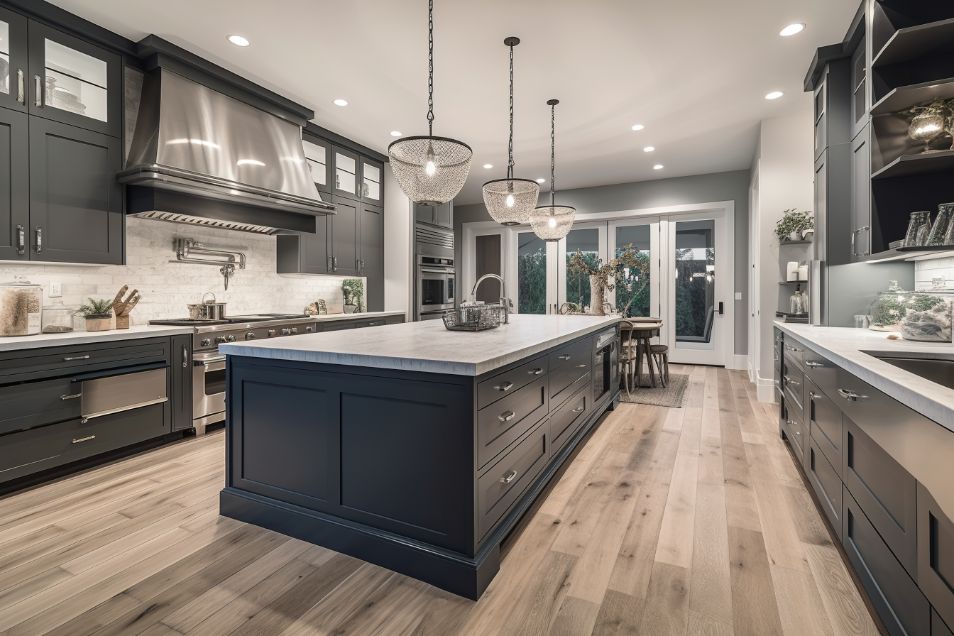
Did you know that you can find wood flooring to suit every taste and budget?
Let’s take a look at some of today’s most popular wood floors!
Hardwood flooring
We often hear about it, but what exactly is hardwood? Quite simply, it’s a plank of wood that hasn’t been mixed with another material.
Choose the type of wood you want, according to its hardness. Some tree species are not recommended, as the wood is too soft. This is the case with most conifers, notably pine, fir, cedar and spruce.
Hardwood usually comes from trees such as maple, red and white oak, birch or walnut.
The grain of the wood will define the look of the floor you want to achieve.
Would you like a wide range of colors, visible knots or more uniformity?
Hardwood flooring increases the value of your home and is often coveted by buyers.
Extremely sturdy, you can sandblast it more than once to restore it to its former glory.
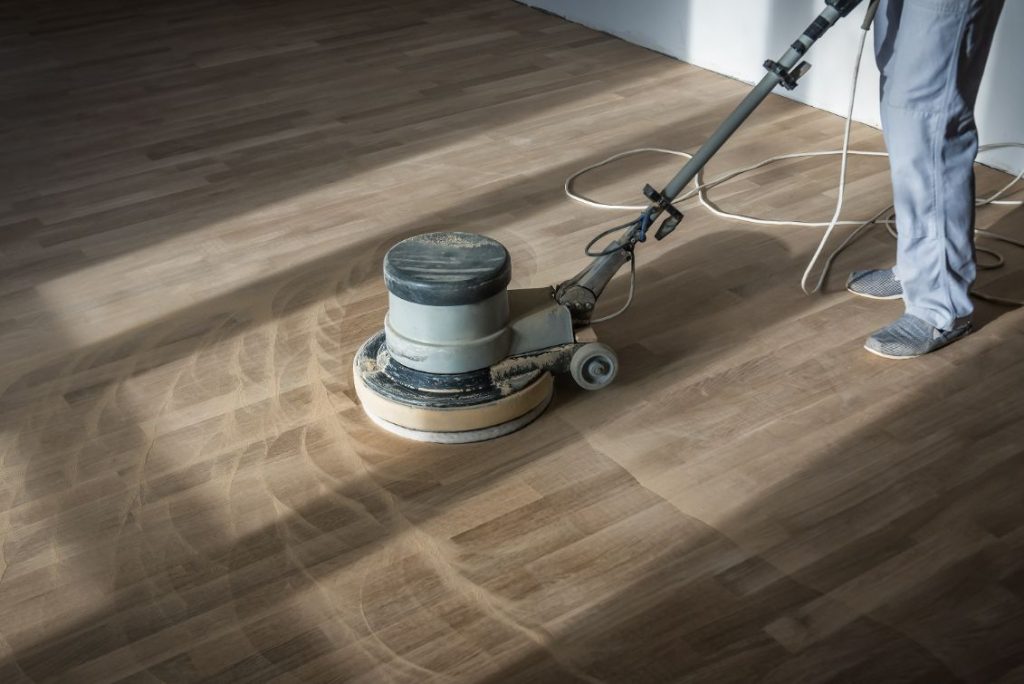
Then treat it with a varnish to give it extra protection in high-traffic areas. You can also apply a coat of oil for a more matt effect that will bring out the natural grain of the wood, although oil does not provide a protective layer as varnish does.
Note that despite its many advantages, hardwood flooring does not tolerate temperature variations, and is sensitive to humidity. It’s best to avoid installing it in the basement, where these variations are often found. It’s also very expensive, so it’s best to install it in rooms where it won’t be damaged prematurely.
Exotic hardwood flooring
Like hardwood flooring, exotic hardwood flooring is durable and highly sought-after. Exotic wood species include mahogany and jatoba.
But expect to pay even more than traditional hardwood for this type of floor.
Engineered wood flooring
Engineered wood flooring is ideal for installation in any room of the house because of its high resistance to humidity. It is composed of several layers of plywood, with only the hardwood surface.
There are 2 types of installation: glued or floating.
It can be installed directly on concrete, making it ideal for basements.
You can choose from awide variety of species and colors.
Floating wood floor
Floating wood flooring is a more economical option than hardwood, without compromising on appearance.
Being durable, you can install it in the busiest areas of the house.
When purchasing, pay particular attention to the AC rating. Choose a floating floor rated AC3, AC4 or AC5 to ensure greater durability.
Plank thickness varies between 7 and 13 mm. If the surface on which you are installing the floating floor is uneven, we recommend that you choose thicker planks. Thinner planks risk cracking due to the uneven surface on which they will be installed.
If the subfloor is flat and free of irregularities, the thickness of the planks is of little importance. Thinner boards are by no means of lower quality.
If you’d like to install your floating floor yourself, opting for a click system could make the job a lot easier. This type of system makes it easier to fit the planks together during installation.
What’s more, you’ll find it easier to change a broken board, as all you have to do is unclip the affected board and replace it with another. Discover our complete article on floating floor to learn all about its secrets.
Professional installation
If you prefer to have your floor professionally installed, you can get 3 free quotes by filling out the Flooring Quotes form.
In less than 48 hours, you'll receive quotes from our flooring installation partners, allowing you to compare prices. Simple, fast and with no obligation on your part.
You could save a lot of money.
Some floating floor models are classified as water-resistant. Be aware, however, that there is a certain limit to water resistance, and that the maximum period of resistance is generally 30 minutes.
After this time, your floor may still be damaged.
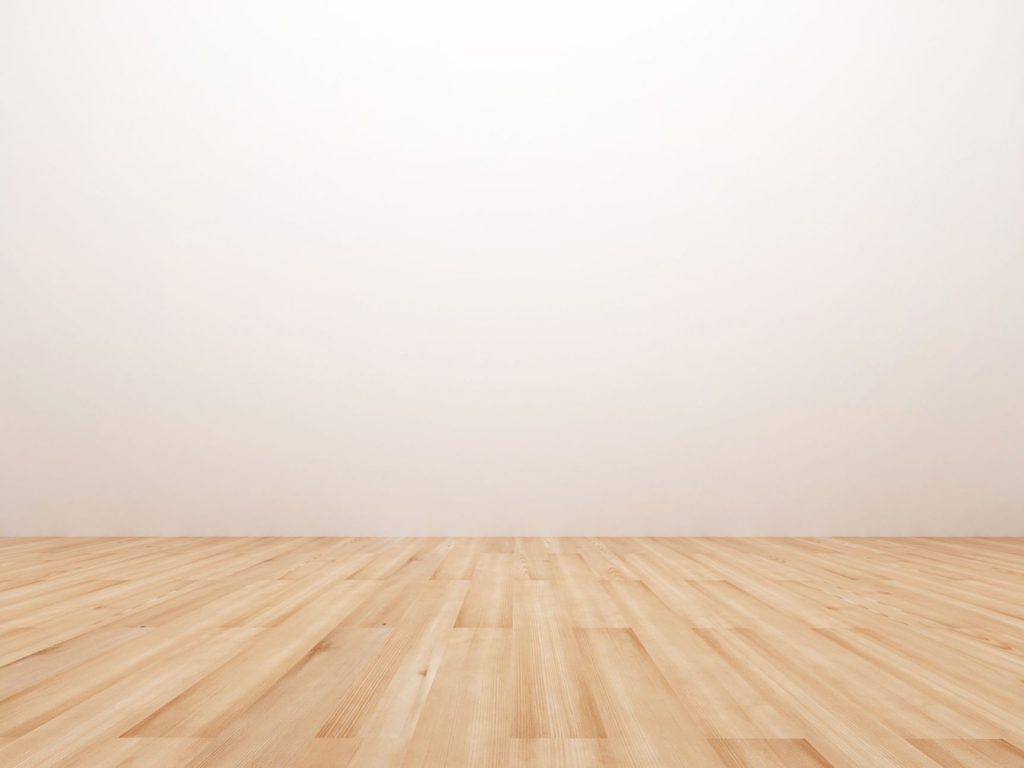
Textured wood flooring
Have you ever noticed that some floors are completely smooth, while others seem more textured?
It’s an aesthetic effect that’s totally intentional.
It’s no coincidence that scratches are more noticeable on a smooth, high-gloss floor.
In addition to giving a certain character to the wood planks, the texture makes wear marks on the floor less noticeable.
Brushed flooring, for example, gets its look from a brushing process using a wire brush, which gives it its characteristic lineage.
Textured floors are ideal for high-traffic areas, but also if you have pets whose claws could damage your floor.
It’s also ideal for families with young children, who don’t mind dragging various objects across the floor to scratch it.
Bamboo flooring
Bamboo flooring is gaining in popularity among eco-conscious homeowners. Eco-friendly, bamboo is an excellent solution for moisture- and insect-resistant floors.
Note, however, that bamboo can be more difficult to install than some other types of wood flooring. To ensure that your bamboo floor is dent-free, you’ll need to hire professionals to make sure it’s installed properly.
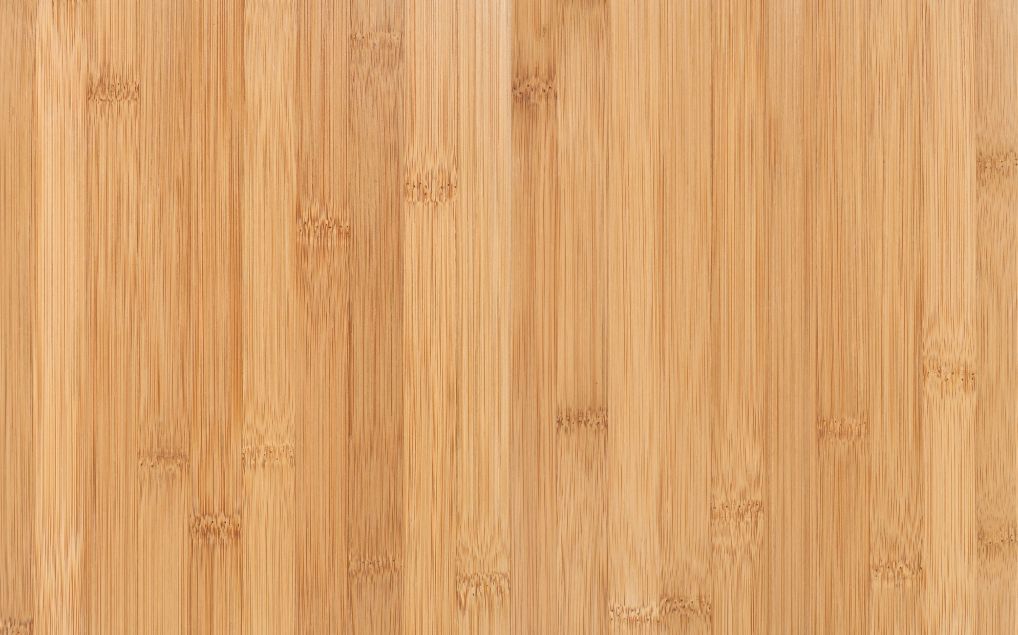
Marquetry
Marquetry flooring, also known as parquetry or mosaic flooring, was very popular in homes in the 1970s. As fashion is a never-ending cycle, marquetry is making a comeback with brand-new designs.
Easy to install, it’s possible to get by at a good price when you want to make a room with this type of flooring.
Like hardwood, marquetry can be sanded when the surface begins to show signs of damage. This makes it a long-lasting floor, since it can be sanded several times, at a rate of one 7/16th of an inch.
You can then apply a top coat of varnish or oil, depending on the desired finish.
If you want to change the look of your room without redoing your floor, you could also stain your marquetry floor to give your room a new style, without changing your entire floor.
Cork flooring
Although at first glance cork flooring may not appear to be wood flooring, it is actually made from tree bark.
The advantages of cork flooring are as follows:
- Anti-slip
- Excellent soundproofing properties
- Durable
- Soft to the touch
- Antimicrobial
- Resistant to temperature changes
Easy to install, you’ll need to seal your floor every 3 or 4 years, but that’s a minor inconvenience given its affordability.
Small note: don’t opt for this type of flooring if you have pets, as cork flooring can scratch easily.
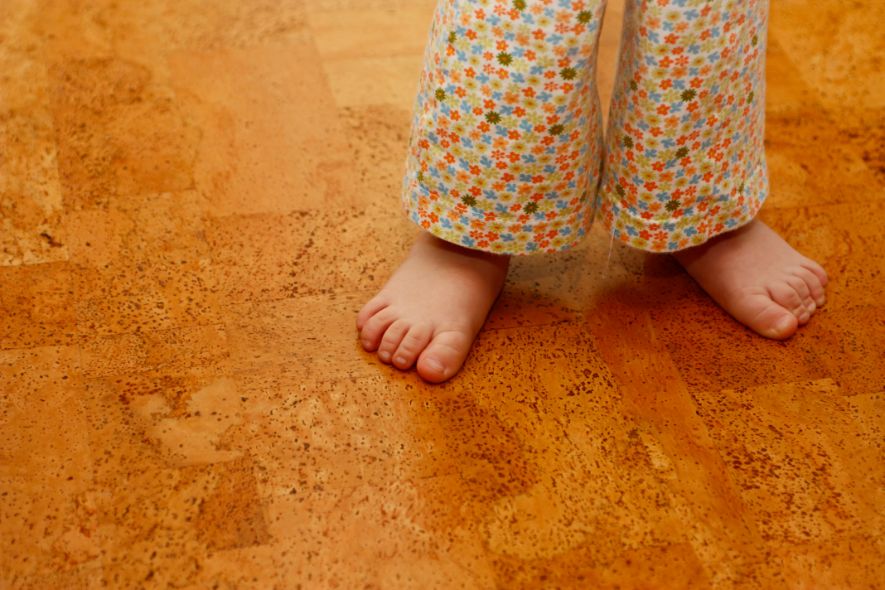
Wood flooring: Prices and suppliers
As with any type of purchase, it’s a good idea to look at the prices of different suppliers before going ahead with your wood floor purchase. You could save a lot of money by shopping at big-box stores like Canac, Rona and Home Dépôt.
For more personalized service and access to models you wouldn’t find in the big chains, look for specialized flooring stores in your area. You may find a favorite that you won’t find in the better-known stores.
Here’s an estimate of the prices you might pay for the wood flooring models we’ve told you about in this article:
|
Wood floor model |
Price per square foot |
|
Engineered wood flooring |
7$ à 11$ |
|
Floating wood floor |
3$ à 6$ |
|
Hardwood flooring |
4$ à 8,50$ |
|
Exotic hardwood flooring |
8,50$ à 12$ |
|
Bamboo flooring |
6,50$ à 8,50$ |
|
Cork flooring |
2,50$ à 11$ |
Please note that prices may vary from one supplier to another and according to current promotions.
Get the best price for your wood floor
Thanks to Soumissions Plancher, you could save a lot of money on the purchase and even the installation of your wood floor.
In fact, we can help you compare the prices of 3 different contractors in your area.
Fill out our quick form, in less than 2 minutes, and you’ll be able to compare free quotes within 48 hours.
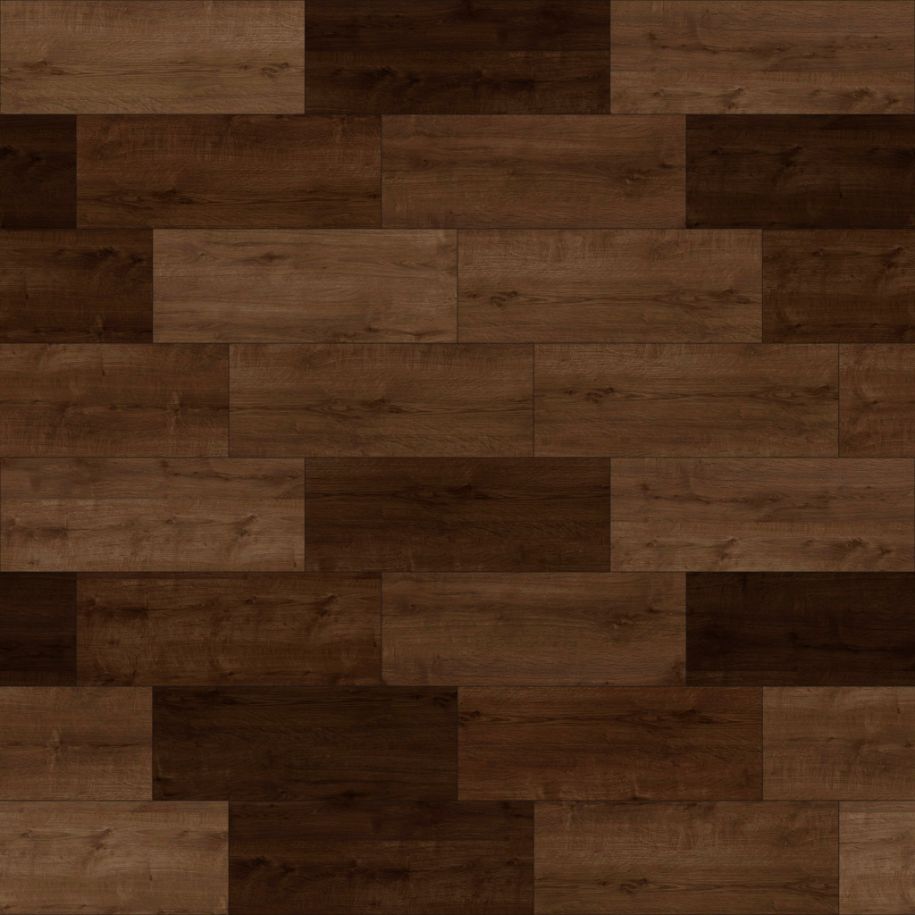
So you can choose the contractor who offers you the best price for your wood floor.
Our comparison service is free, simple and non-binding.
Take advantage of our service now and save big on the purchase and installation of your brand-new wood floor!



